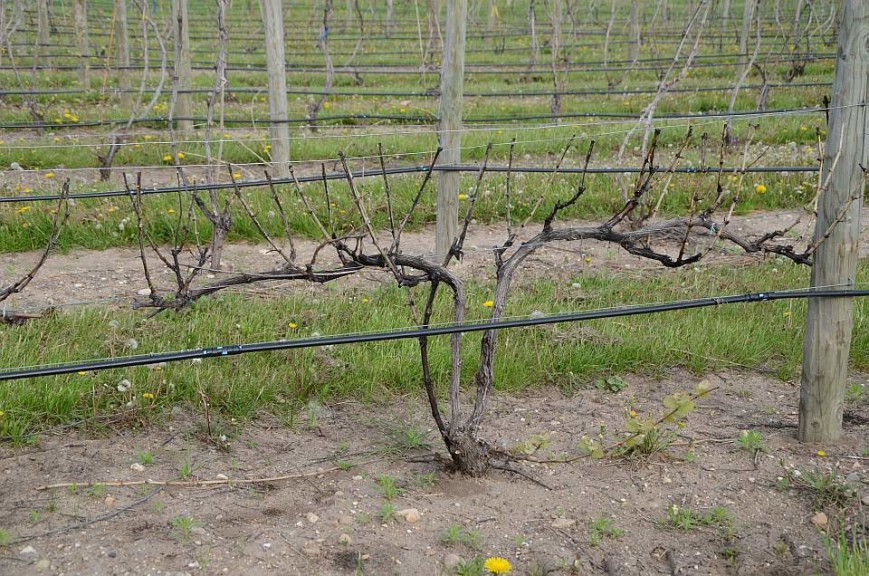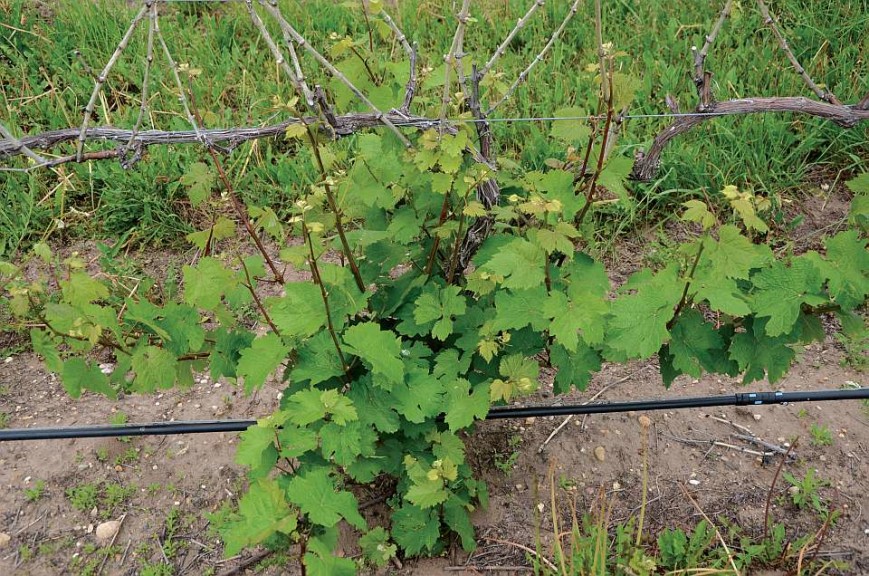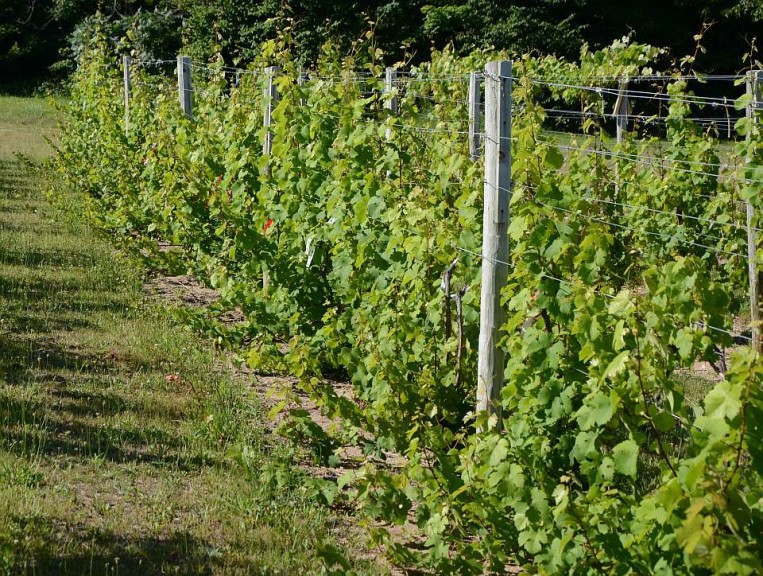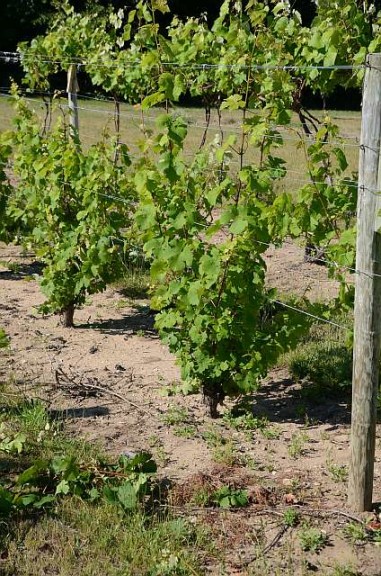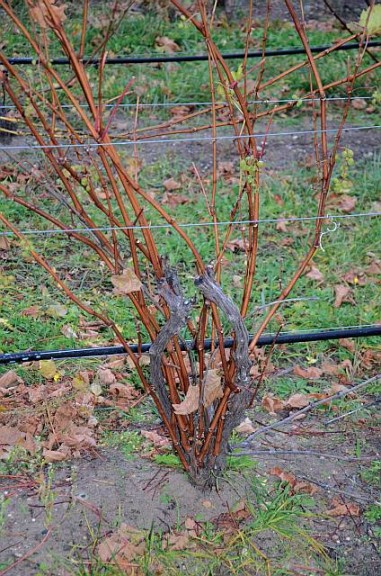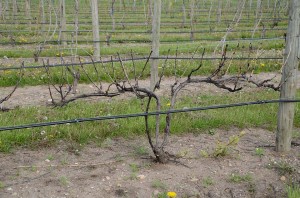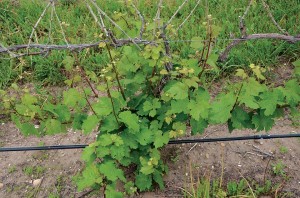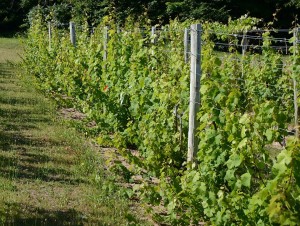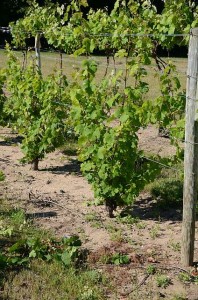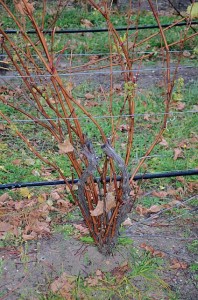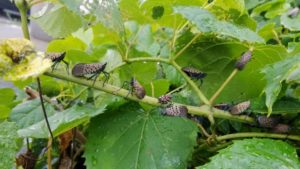How We Got Our Vines Ready For 2015
[blackoutgallery id=”66615″]
Winter wreaked havoc on some grape cultivars, especially the vitis vinifera wine varieties in the Midwest and Finger Lakes regions. My colleagues and I at Michigan State University sought to offer growers suggestions through the 2014 growing season for those recovering vines.
We advised growers on the appropriate vine canopy management to help vines rebound from winter injury. Canopy management varied somewhat by location and cultivar, but for vinifera varieties in general, the goal this year was to get the vines ready for a good year in 2015.
Ideally, we wanted to see an ample quantity of good diameter canes rising from the base of the vine when pruning time comes around next spring. In order to achieve this, many shoots were maintained on the vine for the entire growing season. If typical levels of suckering were done and few basal shoots remained, the entire resources of the vine would have been distributed into just a few growing points and the end result would have been large diameter “bull” canes.
Bull canes would be very undesirable choices for fruiting wood in 2015 because of their poor production potential. They are hard to manipulate, and less cold-hardy than ideally sized canes. Even though we knew it would result in a dense, tangled mess, keeping most of the basal and trunk suckers in place for the 2014 growing season was highly recommended to growers.
The Number Of Growing Points To Keep
Of course, growers asked “how many growing points is enough?” We did not have a particular reference to turn to for an answer, but we responded with, “As many as you’ve got!”
Consider an established vine in a typical year — it would be supporting the growth of 20 or more shoots along the fruiting wire, each bearing two to three clusters, and they would still grow enough that we have to top hedge the shoots. To distribute the vine vigor well and avoid bull canes, the target was to grow out at least as many shoots on our recovering vines.
If nothing was alive along the fruiting wire, shoots from the base and trunk of the vine were kept in place. On vines where there were ample shoots to work with, selective removal was employed to “clean up” the base of the vines, removing shoots growing in errant directions and helping the retained shoots to grow upwards with twine loosely tied around the entire mass of shoots.
We left the clusters on retained shoots in place, as de-fruiting the dense growth of sucked shoots would have required a great deal of labor. Carrying clusters also helped control vine vigor and reduce the potential for bull canes. Unfortunately, issues with protecting this fruit from pests and disease, and the labor issues for picking it, led to most of it being abandoned.
Now that the leaves have fallen and the vines are entering into dormancy, the value of these actions is readily visible — numerous healthy canes of very good diameter, ready for our selection for producing a great crop in 2015.
This article is based on a Michigan State University Extension news release.




